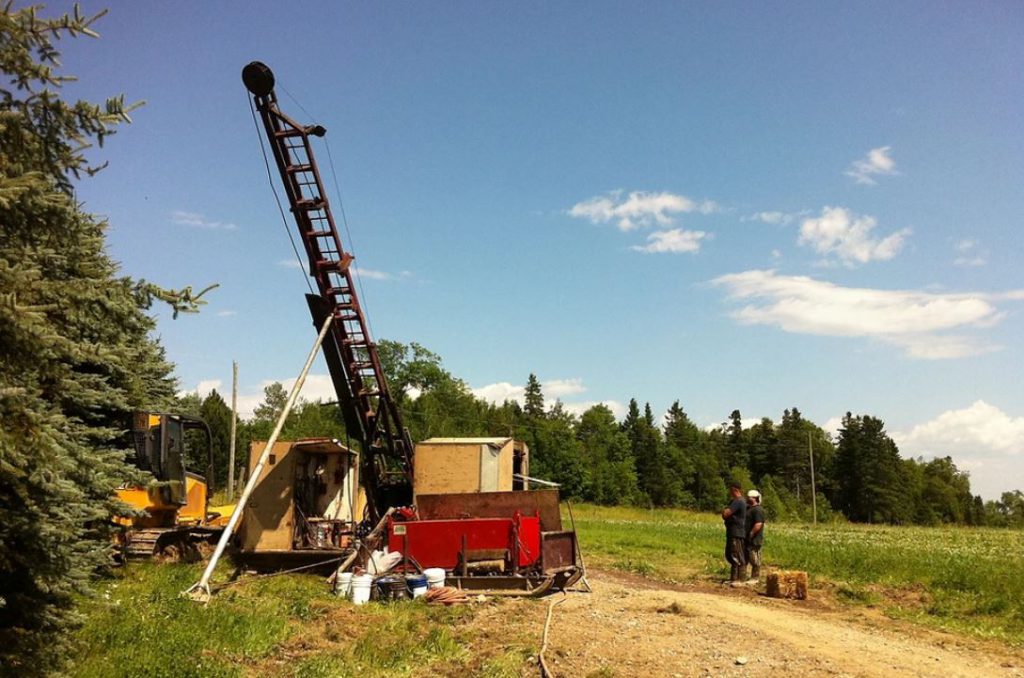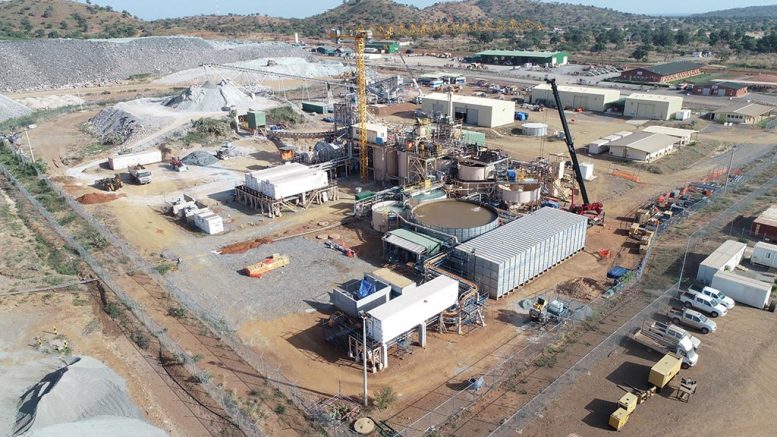China’s copper usage jumped 38% in October-November

The International Copper Study Group’s data for November 2011 show a global copper production deficit of 119,000 metric tonnes after a significant jump in Chinese imports and usage.
China’s net imports in October-November were 59% higher than over the same period in 2010 according to the group’s February 2012 Copper Bulletin.
During the first eleven months of 2011, global usage grew by only 2.7% over 2010, but accelerated in October-November to 12% due to a jump of 38% in China.
In comparison to China growth in the rest of the world was aneamic. The preliminary report shows in Europe, Japan and the US, usage declined as the year progressed ending down 4% in Japan and unchanged in the EU and in the United States.
The copper mining industry continued to produce below capacity according to ICSG and in the 11-month period remained flat compared to last year. Concentrate production declined by 0.5% and solvent extraction-electrowinning (SX-EW) grew by 2.8%.
Output in Chile, Peru and the US that combined accounts for almost 50% of the global production, was down by 2.8% compared to last year, while world number two copper miner China boosted output 12%.
The ICSG reports shows mine production increased by 6.5% in Africa, 3% in Europe, 12% in North America and 7% in Oceania while it shrunk 3.5% in South America and 5% in Asia largely on the back of labour unrest at Indonesia’s massive Grasberg mine.
“The average mine capacity utilization rate for the first eleven months of 2011 fell to 78.5% from 80% in the same period of 2010,” says the report.
During the first eleven months of 2011 world refined production grew by 3.2% with huge variances in regional performance:
“Primary production increased by 2% and secondary production (from scrap) increased by 9%. Production increases of 16% in Australia (recovery from 2010 operational constraints), 15% in China, and 38% in the Democratic Republic of Congo were partially offset by declines in Chile (4.5%), the United Sates (7%), Canada (15%), and Japan (15%).”
More News
Manganese X poised to begin pre-feasibility study at Battery Hill
April 11, 2025 | 02:39 pm
Carbon removal technologies could create tens of thousands of US mining and quarry jobs – report
April 11, 2025 | 01:33 pm
{{ commodity.name }}
{{ post.title }}
{{ post.date }}




Comments